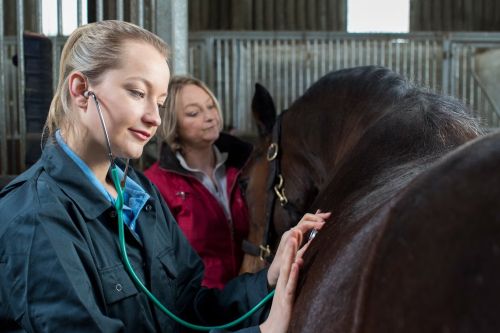Last Updated on August 14, 2025 by adminahb
Lameness: a dreaded word. Uttering it means that your horse may be out of commission. Determining the cause can be challenging, which means treatment—and recovery—can be a long process.
But it doesn’t have to be this way. These four keys to proactive care and communication with your veterinarian can help keep lameness from sidelining your horse and ruining your ride.
1. Commit to regular soundness exams
Prevention is the best treatment. While there’s no foolproof way to stop lameness from happening, there are ways to reduce its effects. Leading veterinarians, including Kent Allen, DVM, owner of VirginiaEquine Imaging and a founder of the International Society of Equine Locomotor Pathology, agree that regular soundness exams are one of the best ways to catch problems before they’ve negatively impacted your horse. “Bringing the horse in twice a year for a lameness exam is what you can do that will undoubtedly prolong this horse’s athletic life. We can detect arthritis early and come up with a rational plan,” Dr. Allen said.
During a soundness examination, your veterinarian may:
- Observe your horse walking, trotting and cantering
- Examine your horse’s back, neck, and joints
- Complete a nerve block by using a local anesthetic to temporarily desensitize certain areas of the limb to help identify potential issues
- Complete X-rays, possibly sharing hoof images with your farrier to help ensure ongoing proper shoeing
For more information on AQHA, visit www.aqha.com.

